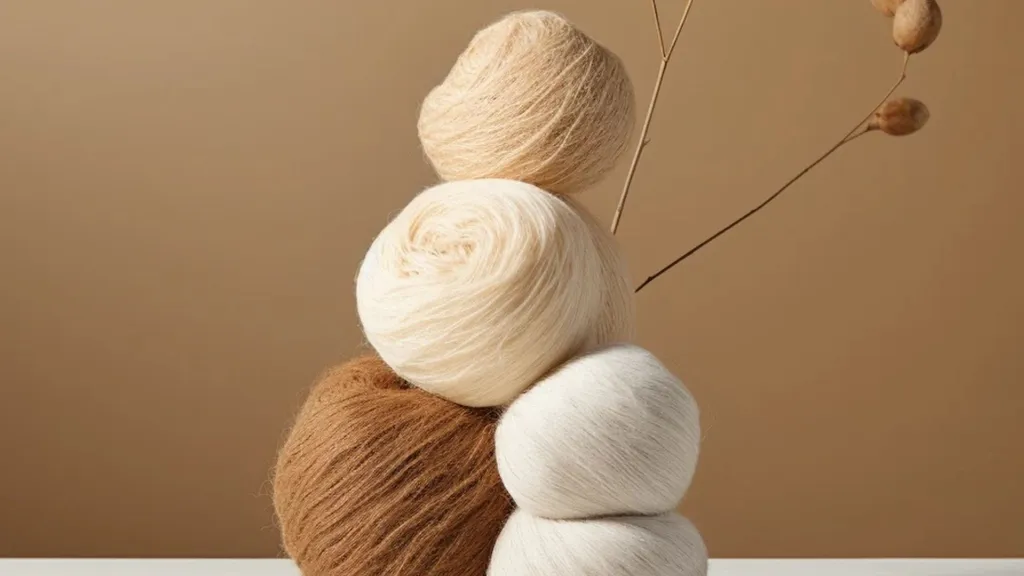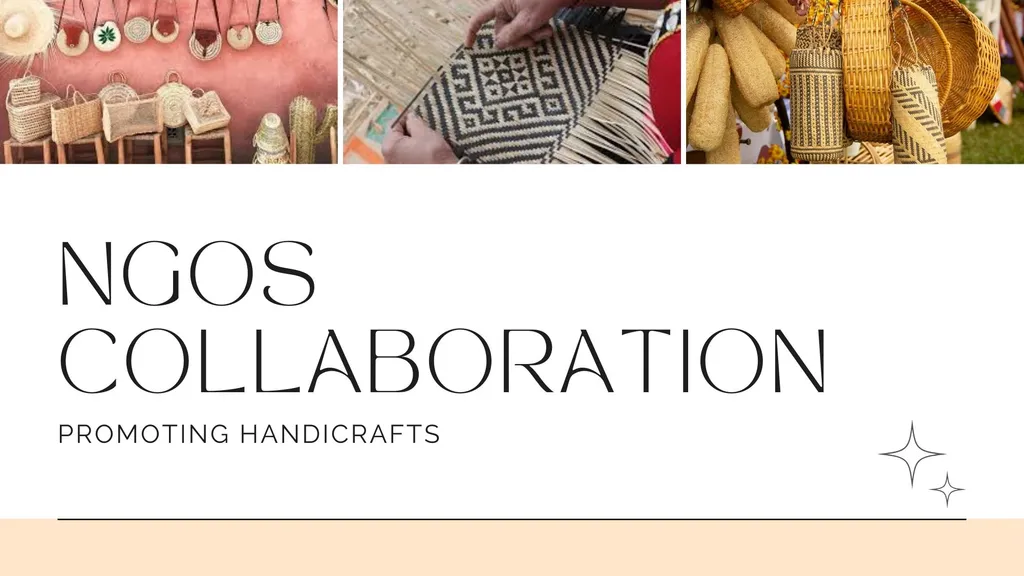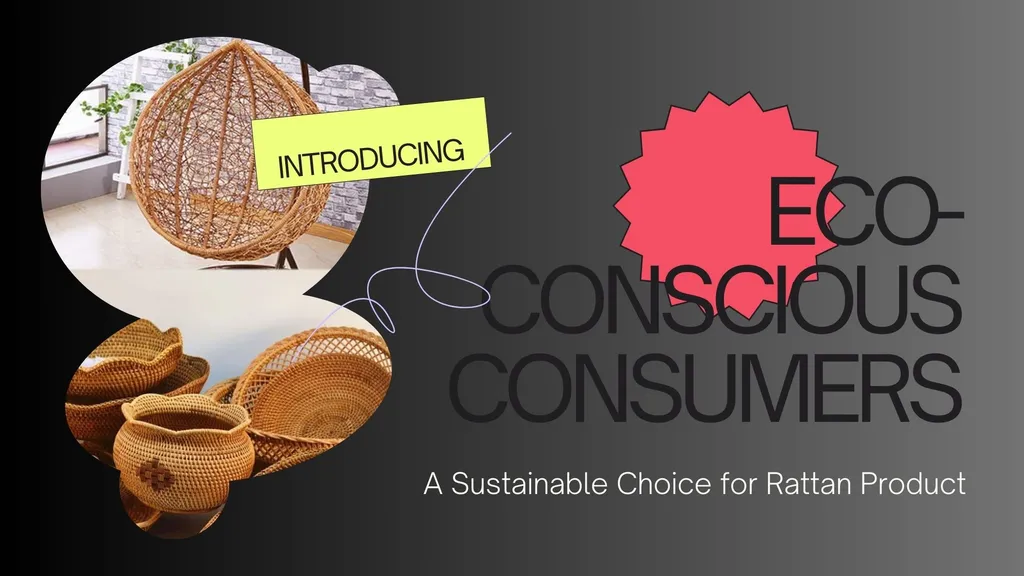Contents

In recent years, consumer behavior has undergone a remarkable shift toward sustainability, fueling a surge in demand for natural fiber products. This movement, driven by heightened environmental awareness, health consciousness, and a preference for durable, high-quality goods, has reshaped industries like fashion, home textiles, and even automotive manufacturing. Natural fibers such as cotton, wool, flax, and hemp are gaining popularity for their eco-friendly and health-conscious attributes, offering brands an opportunity to align with consumer values through transparency, ethical sourcing, and innovation. As the market for natural fibers is projected to grow significantly over the next decade, businesses that adapt to these preferences stand to capture substantial market share and foster lasting consumer trust.
Understanding Consumer Sentiment Towards Natural Fibers
The preference for natural fibers stems from a blend of environmental, health, and aesthetic considerations. Consumers increasingly prioritize sustainability, seeking products that minimize ecological harm. Natural fibers, being biodegradable and renewable, align with these values, unlike synthetic fibers that contribute to pollution through microplastics. Health-conscious buyers favor materials like cotton and wool for their hypoallergenic and breathable properties, which reduce skin irritations and enhance comfort. Additionally, natural fibers are perceived as offering superior durability and timeless aesthetics, appealing to those who value quality over fast fashion. Brands that emphasize these benefits through transparent marketing and consumer education are seeing increased loyalty, as they resonate with the growing trend of conscious consumption.
Factors Driving Preference for Natural Fibers
Several factors underpin the rising demand for natural fibers. Environmental awareness is a key driver, with consumers recognizing that natural fibers decompose naturally, unlike petroleum-based synthetics that persist for centuries. A 2023 study revealed that over 70% of consumers are willing to pay a premium for eco-friendly products, reflecting a shift toward sustainable lifestyles. Health benefits also play a significant role, as natural fibers like silk and organic cotton are free from harmful chemicals, making them ideal for sensitive skin. Quality and durability further enhance their appeal, with materials like hemp and flax offering longevity that synthetic alternatives often lack. Finally, the aesthetic appeal of natural fibers, with their unique textures and natural luster, attracts consumers seeking authentic, stylish options for clothing and home decor.
The Role of Environmental Awareness in Consumer Choices
Environmental awareness is reshaping consumer choices, particularly in resource-intensive industries like textiles. Consumers are increasingly educated about the ecological damage caused by synthetic fibers, such as polyester, which contribute to microplastic pollution. In contrast, natural fibers like flax and hemp require less energy and fewer harmful chemicals during production, making them a sustainable choice. Brands are responding by adopting eco-friendly practices, such as reduced water usage and organic farming, to meet consumer demand for transparency. This shift is driving market growth, with companies leveraging certifications like the Global Organic Textile Standard (GOTS) to build trust and demonstrate their commitment to sustainability.
Impact of Health Concerns on Fiber Selection
Health concerns are a significant factor in the shift toward natural fibers. Synthetic fibers, often treated with chemicals like formaldehyde, can cause allergic reactions and skin irritations. Natural fibers, such as wool and organic cotton, are celebrated for their breathability and hypoallergenic properties, offering comfort and safety. These materials also align with the trend toward holistic wellness, as consumers seek products free from toxins. By highlighting these health benefits, brands can appeal to health-conscious consumers, fostering trust and encouraging sustainable purchasing decisions.
Trends in Natural Fiber Products
The natural fiber market is experiencing robust growth, with a projected compound annual growth rate (CAGR) of 7.3% through 2032. Cotton remains the most popular fiber due to its versatility, while hemp and flax are gaining traction for their durability and eco-friendliness. These materials are finding applications beyond fashion, in sectors like construction and automotive, where their lightweight and sustainable properties are valued. Consumer demand for biodegradable and ethically sourced products is driving innovation, with brands adopting advanced cultivation techniques and eco-friendly processing to meet market needs.
The Role of Marketing and Social Media
Effective marketing is crucial in promoting natural fibers. Brands use social media platforms like Instagram to engage consumers through influencers and educational campaigns, highlighting the environmental and health benefits of natural fibers. Transparent messaging about sourcing and production builds trust, while storytelling creates emotional connections with eco-conscious buyers. By leveraging digital platforms, brands can amplify their sustainability narratives, encouraging consumers to make informed, ethical choices.
The growing demand for natural fiber products reflects a broader societal shift toward sustainability and health consciousness. As consumers prioritize eco-friendly, high-quality, and ethically sourced goods, brands have a unique opportunity to innovate and build trust through transparency and education. By aligning with these values, businesses can not only meet the rising demand but also contribute to a greener, healthier future.





